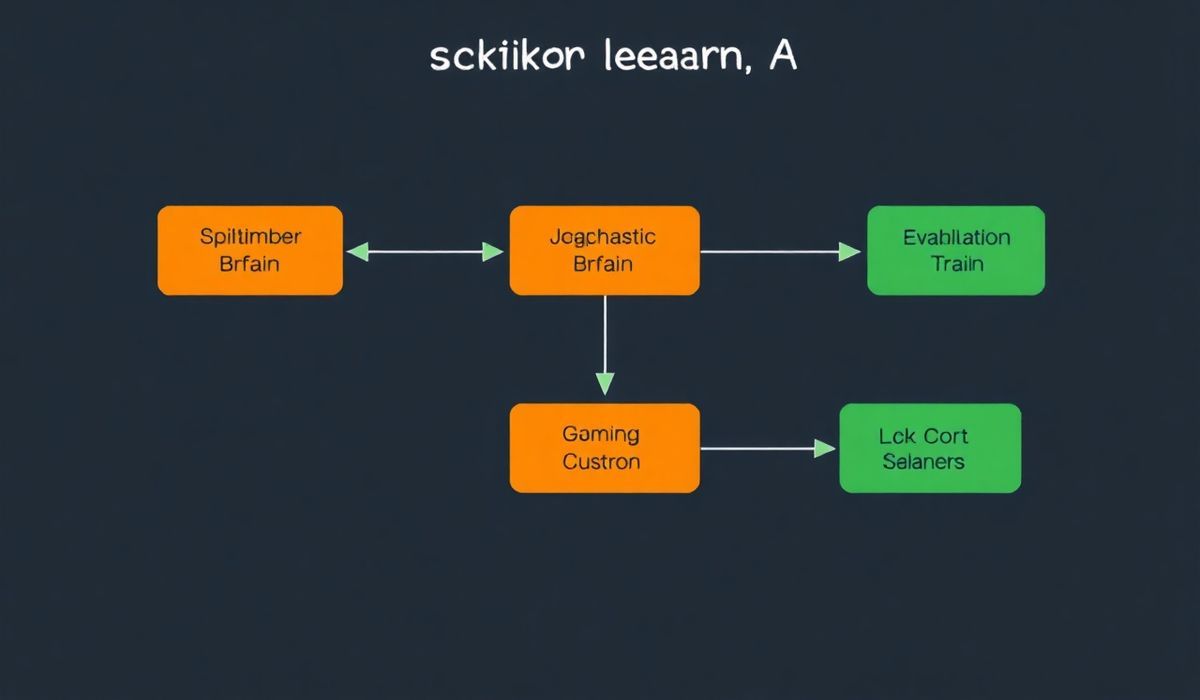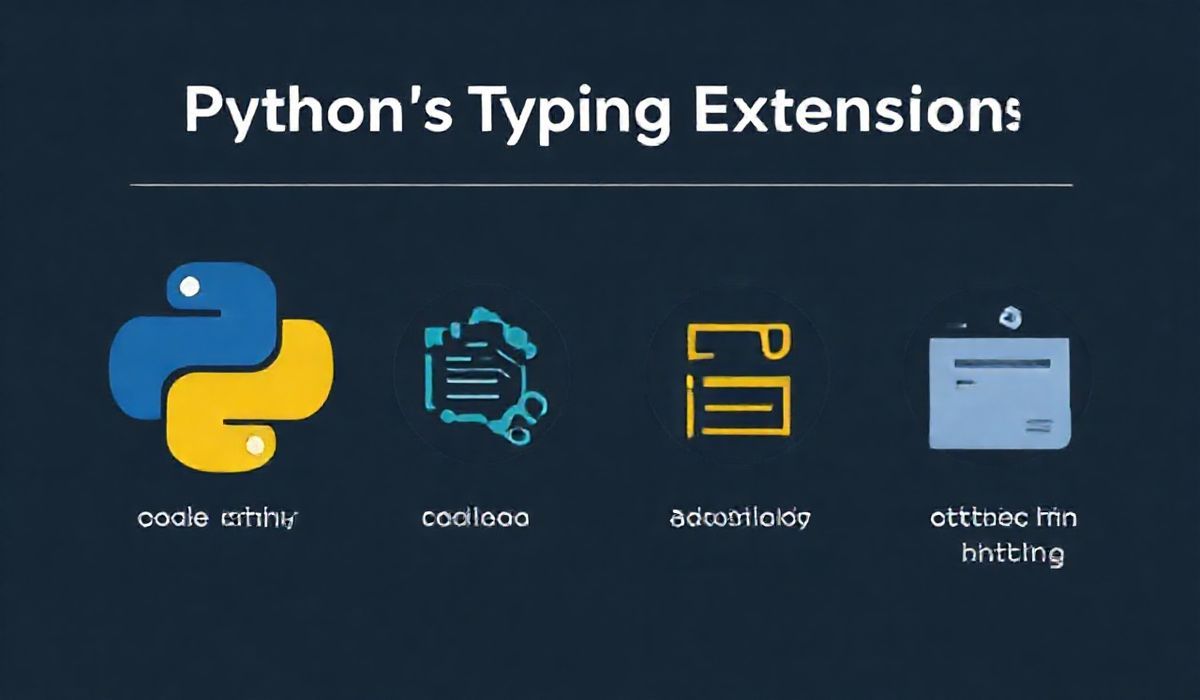Welcome to Oro-Message API Guide
Oro-Message is a powerful messaging API that provides a robust set of tools for managing and sending messages between different services. This guide introduces you to the Oro-Message API with dozens of useful examples, covering various endpoints and functionalities.
Getting Started with Oro-Message
In this section, we’ll cover the basics of connecting to the Oro-Message API and making your first API call.
API Authentication
curl -X POST https://api.oromessage.com/auth \
-H 'Content-Type: application/json' \
-d '{"username":"your_username","password":"your_password"}'
Sending a Message
curl -X POST https://api.oromessage.com/messages \
-H 'Authorization: Bearer your_access_token' \
-H 'Content-Type: application/json' \
-d '{"recipient":"recipient@example.com","message":"Hello, World!"}'
Fetching Messages
curl -X GET https://api.oromessage.com/messages \
-H 'Authorization: Bearer your_access_token'
Useful Oro-Message Endpoints
Fetching a Single Message
curl -X GET https://api.oromessage.com/messages/{message_id} \
-H 'Authorization: Bearer your_access_token'
Deleting a Message
curl -X DELETE https://api.oromessage.com/messages/{message_id} \
-H 'Authorization: Bearer your_access_token'
Listing All Messages
curl -X GET https://api.oromessage.com/messages/all \
-H 'Authorization: Bearer your_access_token'
Building an App with Oro-Message
Let’s build a simple chat app using Oro-Message API.
Step 1: Set Up Your Project
First, create a new project and install the necessary dependencies.
mkdir oromessage-chat-app
cd oromessage-chat-app
npm init -y
npm install axios
Step 2: Create Authentication Function
We need to connect to the Oro-Message API and get an access token.
const axios = require('axios');
async function authenticate(username, password) {
const response = await axios.post('https://api.oromessage.com/auth', {
username,
password,
});
return response.data.access_token;
}
Step 3: Send and Fetch Messages
Use the access token to send and fetch messages.
async function sendMessage(token, recipient, message) {
await axios.post('https://api.oromessage.com/messages', {
recipient,
message,
}, {
headers: { Authorization: `Bearer ${token}` }
});
}
async function fetchMessages(token) {
const response = await axios.get('https://api.oromessage.com/messages', {
headers: { Authorization: `Bearer ${token}` }
});
return response.data;
}
Step 4: Bringing It All Together
Finally, build the main function to authenticate and handle messages.
(async () => {
const token = await authenticate('your_username', 'your_password');
await sendMessage(token, 'recipient@example.com', 'Hello, Oro-Message!');
const messages = await fetchMessages(token);
console.log(messages);
})();
That’s it! You’ve just built a simple chat application using the Oro-Message API.
For more advanced usage, refer to the official Oro-Message documentation.
Happy Messaging!
Hash: f277c5255ed0869d3004955381de2f67d4c957aac1e35c56920a782b7b9d4bcf




